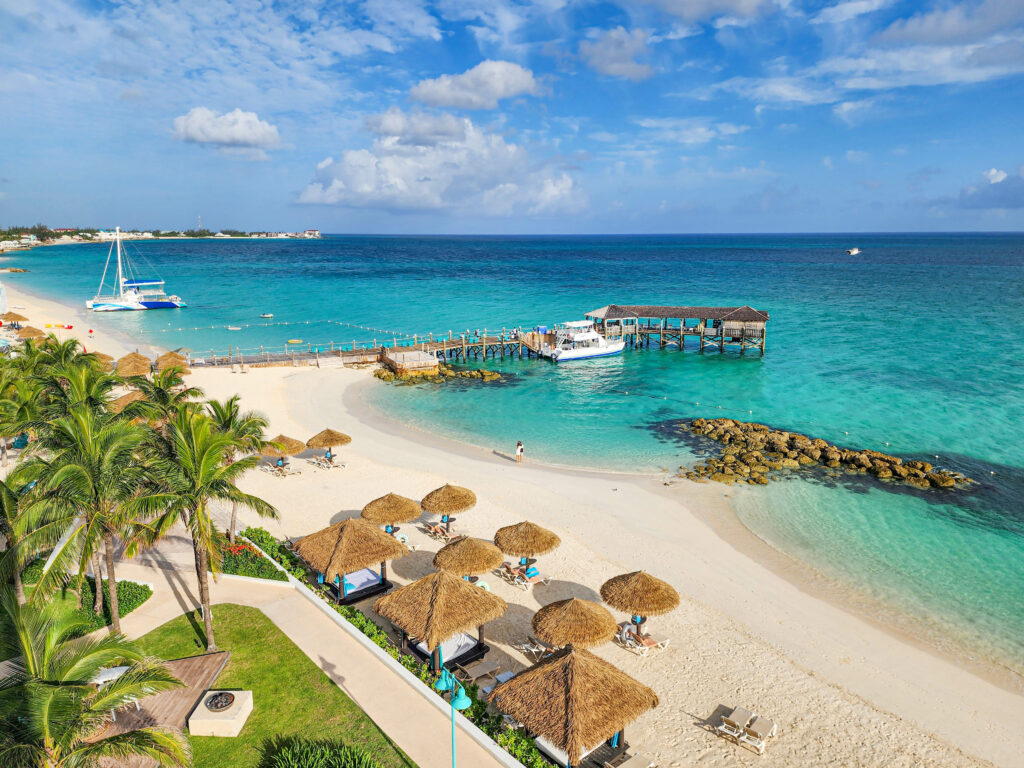
Scientists are discovering that some of the simplest mental habits may be as powerful for longevity as diet and exercise.
Beyond diet and workouts, mindset and relationships – things like optimism, gratitude, a sense of purpose, social connection, and even awe – are linked to longer life and healthier aging. These habits are accessible, travel-friendly, and you can start today. The studies below (classic and recent) show why they matter and how to put them into practice.
I have added, for each such simple habit, a connection to travel. So yes, each thing can be done during our trips (and, in fact, trips help too with our mental and general well-being).

Your brain and body talk to each other nonstop. Emotions and social ties shape stress hormones, immune signaling, inflammation, sleep, and heart health – the same systems that influence how long (and how well) we live.
Decades of data now suggest that certain mental habits predict lower mortality and better healthspan, often independent of exercise or weight loss.
For example, a 2023 systematic review in BMJ Mental Health found that positive psychological well-being was consistently associated with reduced cardiovascular risk and better long-term health outcomes.
This builds on decades of data suggesting the brain–body connection isn’t just metaphorical – it’s measurable in biomarkers like inflammation and cortisol.
1) Optimism: the mind’s “longevity multiplier”

One of the most-cited papers on psychological well-being and lifespan found that people who score higher on optimism live 11–15% longer on average and are more likely to reach 85+, even after adjusting for health behaviors.
The research pooled data from two long-running cohorts (Nurses’ Health Study; Normative Aging Study) with up to 30 years of follow-up.
PubMed
“In both sexes, we found a dose-dependent association of higher optimism levels at baseline with increased longevity.” (Lee et al., PNAS on PubMed)
️ Caution: While optimism is linked with longer life, it’s an association, not proof of cause-and-effect. Building optimism is safe to try, but it’s not a guarantee of extra years.
How to build it (5-minute habits):
- Best Possible Self journaling (write a brief paragraph about your life going really well 1–3 years from now) a few times per week.
- Reframe setbacks: look for a specific, changeable cause (“I was under-prepped this week”) rather than a global, permanent one.
Travel tie-in: Trips naturally increase positive expectancies – planning, novelty, and immersion can prime an optimistic outlook that carries home (keep a short post-travel journal of “three good things I learned about myself on this trip”).
2) Gratitude: a tiny practice with outsized effects
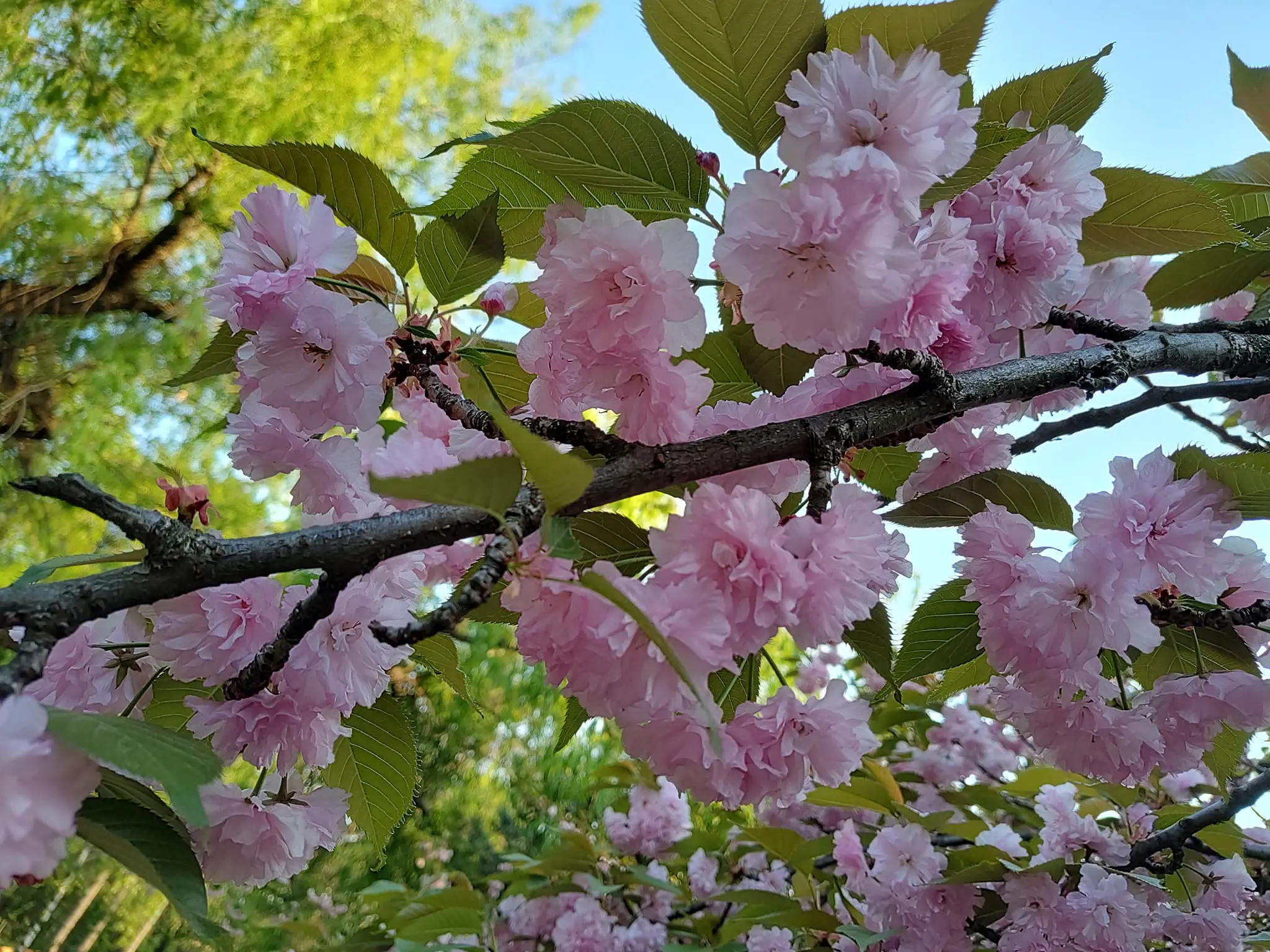 Cherry blossom
Cherry blossom
In a randomized trial, participants assigned to gratitude journaling (counting blessings) showed improvements in mood, coping, health behaviors, and subjective well-being compared to controls who tracked hassles or neutral events.
Follow-ups and replications suggest gratitude supports better sleep, lower stress, and more prosocial behavior – all relevant to healthy aging.
(PubMed
“The effect of a grateful outlook on psychological and physical well-being was examined [with participants] randomly assigned… [to] gratitude listing.” (Emmons & McCullough quoted in PubMed)
How to build it (3 minutes/day):
- Each night, list 3 specific things you’re grateful for (details beat generalities).
- Once a week, text a short “gratitude note” to someone who helped you (micro-connection + gratitude = double benefit).
Travel tie-in: Gratitude spikes with novelty and perspective. On trips, keep a “small wonders” list (one local kindness, one flavor, one view). Back home, revisit it when stress rises.
3) Social connection: the closest thing to a behavioral vaccine
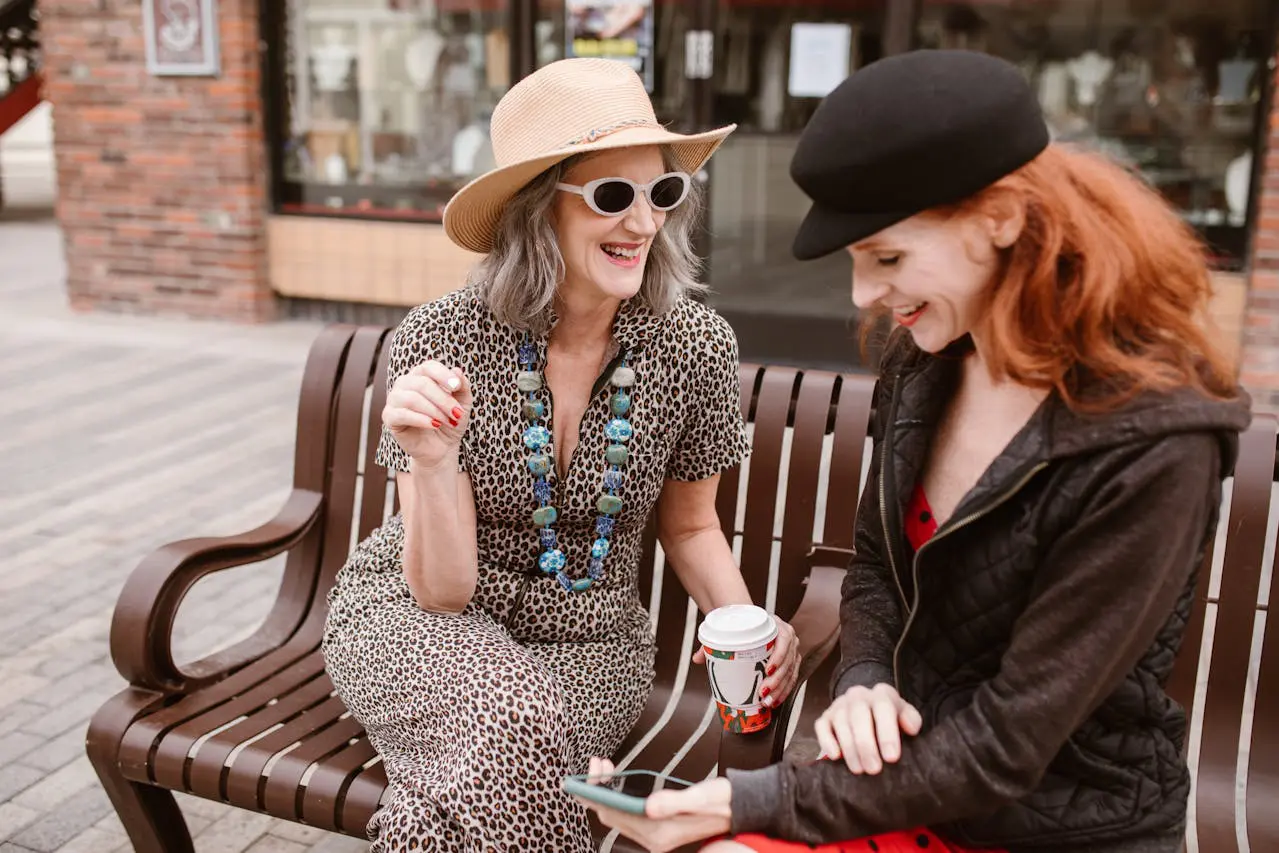
A landmark meta-analysis covering 148 studies (>300,000 people) concluded that strong social relationships are associated with a significant reduction in mortality risk – an effect size comparable to well-known risk factors (and larger than some).
A later review found loneliness and social isolation themselves raise mortality risk. In short: connection protects; isolation harms. (You can read more on PLOS and see a PDF on miami.edu)
“The influence of social relationships on risk for mortality is comparable with well-established risk factors.” (Holt-Lunstad et al., PLOS Medicine)
️ Caution: Social connection quality matters too. Toxic or draining relationships don’t confer the same protective effect as supportive ones.
How to build it (10 minutes that compound):
- Schedule a weekly standing call with a friend or sibling (consistency beats intensity).
- Say yes to micro-socials: a neighbor’s coffee, a book club, a walking group.
Travel tie-in: Group travel, volunteer tourism, and local tours increase interactions and can foster lasting connections – which, back home, lead to improved health over time.
4) Purpose and meaning: the north star that keeps you going
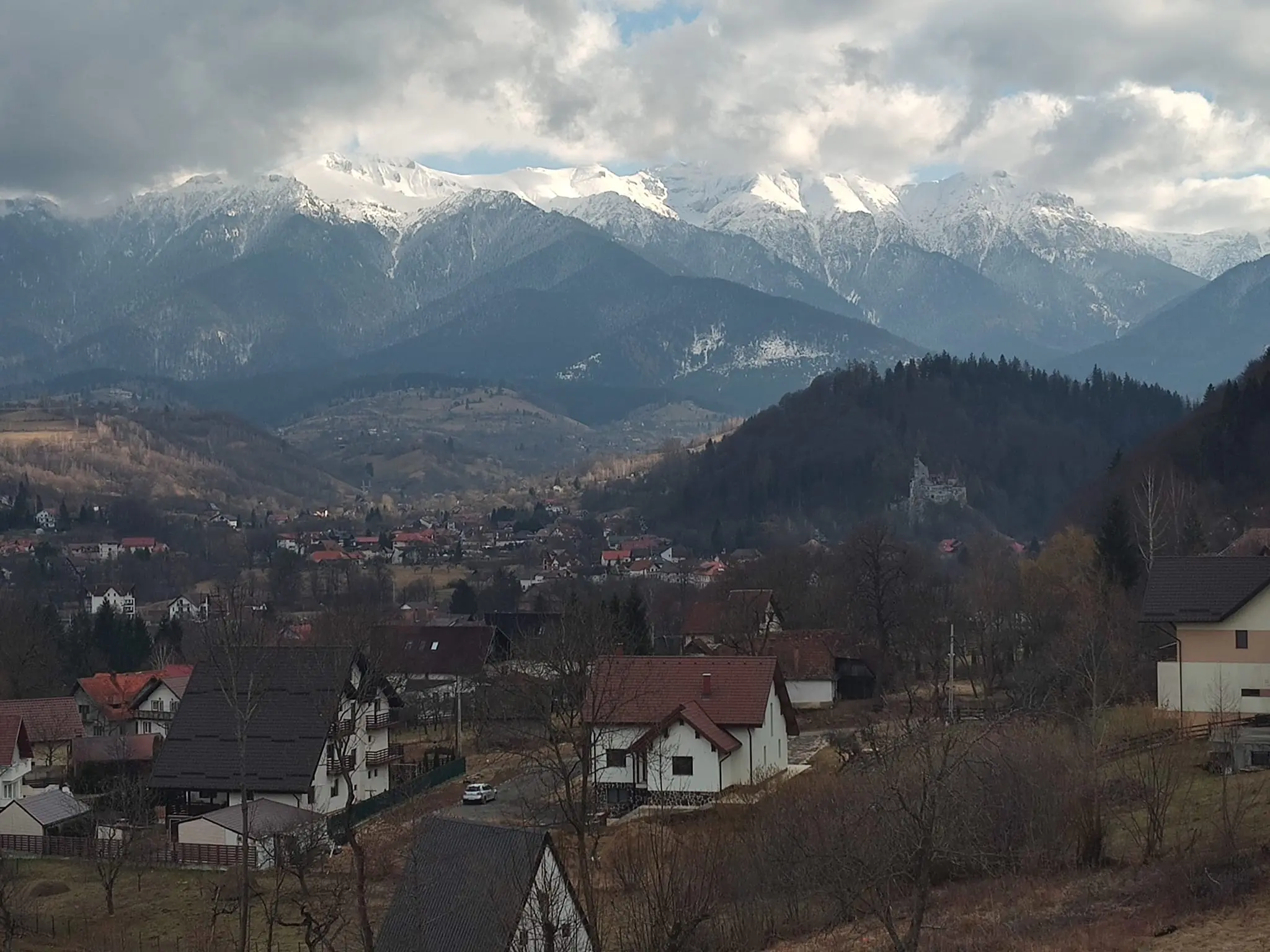
Multiple longitudinal studies in older adults show that having a purpose in life predicts lower all-cause mortality, even after adjusting for health status and depression.
Newer work links a higher purpose to a reduced risk of cognitive impairment and dementia. Purpose can come from relationships, volunteering, faith, hobbies, work, or lifelong learning – it’s not one-size-fits-all. (You can read more about these studies on PubMed: article 1 and article 2.)
A 2019 study in JAMA Network Open followed nearly 7,000 older adults and found those with a strong sense of purpose had a lower risk of dying over a 5-year period, even after adjusting for depression and chronic illness. Purpose acts almost like a buffer – helping people maintain resilience, healthier routines, and better cognitive engagement with age.
How to build it (15 minutes this week):
- Write a purpose sentence (“I help X by doing Y because Z”).
- Block one weekly action that expresses it (tutor, mentor, garden for a neighbor, lead a photo walk).
Travel tie-in: Purpose often surfaces when you’re out of your routine. Consider voluntourism, heritage trips, or skills-based travel (e.g., photography workshops) that align with what matters to you.
5) Awe & wonder: the anti-inflammatory emotion
Two studies found that among positive emotions, awe was the strongest predictor of lower levels of IL-6, a pro-inflammatory cytokine linked to chronic disease.
Awe promotes self-transcendence and connectedness, which may explain downstream health effects. Nature, art, music, and travel are reliable awe engines. (You can read the complete details on PubMed and Greater Good Science Center.)
How to build it (5 minutes today):
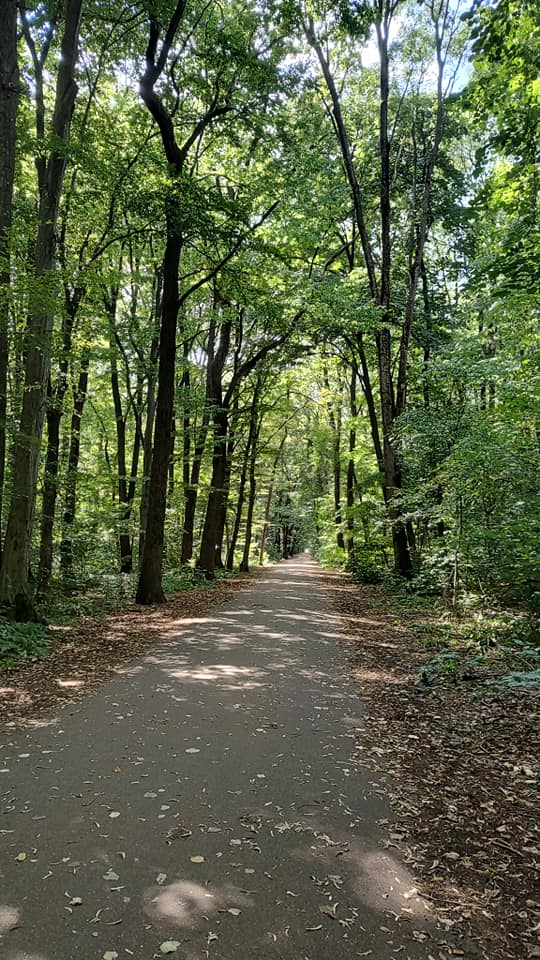
- Seek “awe walks” – brief, slow walks where you deliberately look for vastness or novelty (skylines, trees, architecture).
- Create an awe album from trips – revisit when you feel jaded; it reliably rekindles the state.
Travel tie-in: New landscapes, sacred sites, unexpected street performances – travel is a repeatable protocol for awe. Consider planning micro-adventures locally between big trips.
6) Vacations & recovery: stress off-ramp, heart on-ramp

Classic epidemiology (Framingham-adjacent analyses and other cohorts) suggests that more frequent vacations in midlife are associated with lower risk of all-cause and coronary mortality in men at high cardiovascular risk. Did I mention how much I love to travel?
While vacation studies can’t eliminate every confounder, the trend reinforces the value of detaching from chronic stress and reconnecting – both powerful longevity levers. (see the complete pdf here)
️ Caution: Vacation studies are observational and may reflect other lifestyle advantages (income, healthcare access, baseline health). Still, recovery and detachment from stress appear to be broadly beneficial.
How to build it (even if you’re busy):
- Schedule mini-breaks (long weekends) quarterly.
- Combine connection + awe: visit a friend in a city with a great museum or park; take a sunrise photo walk; book a small-group food tour.
Put it together: a low-effort weekly “longevity mental fitness” plan
Daily (≤5 minutes):
- 3-item gratitude list at night.
- 1-min Best Possible Self note every other morning (optimism).
2× per week (10–20 minutes):
- Awe walk or mini-nature break; add one art stop (gallery, live music).
- Social touchpoint: call/text a friend or set a coffee.
Monthly:
- Purpose checkpoint: What did I do this month that served my purpose? What’s one next micro-action?
Quarterly:
- Recovery weekend or short trip that foregrounds connection, novelty, and awe.
FAQ
Do these habits help if I already exercise and eat well?
Yes. Many effects persist after adjusting for health behaviors – these are additive levers.
Isn’t this just “happy people live longer”?
Not exactly. Randomized gratitude trials and longitudinal analyses suggest specific mental habits predict better outcomes – plus, mechanisms involve inflammation, stress, and sleep.
What’s the one habit to start if I’m overwhelmed?
Begin with the 3-item gratitude list (takes ~2 minutes) and set a weekly social call. Tiny, consistent actions compound.
Can travel itself extend life?
Not directly proven, but epidemiological data suggest travel supports many of these habits at once: novelty sparks awe, itineraries encourage optimism, and trips foster social connection. A Finnish cohort study (published in Journal of Nutrition, Health & Aging, 2019) found men who vacationed more frequently had lower cardiovascular mortality.
Disclaimer
This article highlights studies on mental habits, travel, and healthy aging that I found compelling, but it is not medical advice. Everyone’s health situation is unique. For guidance on mental health, longevity, or medical conditions, please consult a qualified healthcare professional.
Photo sources: featured photo and the photo with the 2 women
More amazing articles for you:
Please visit:
Our Sponsor
